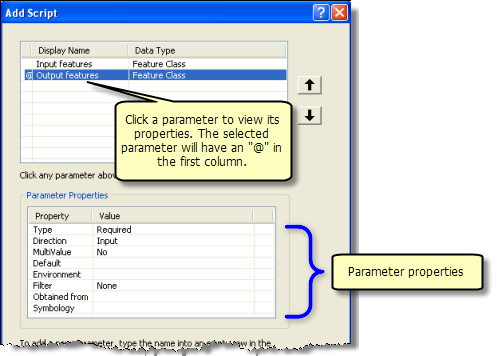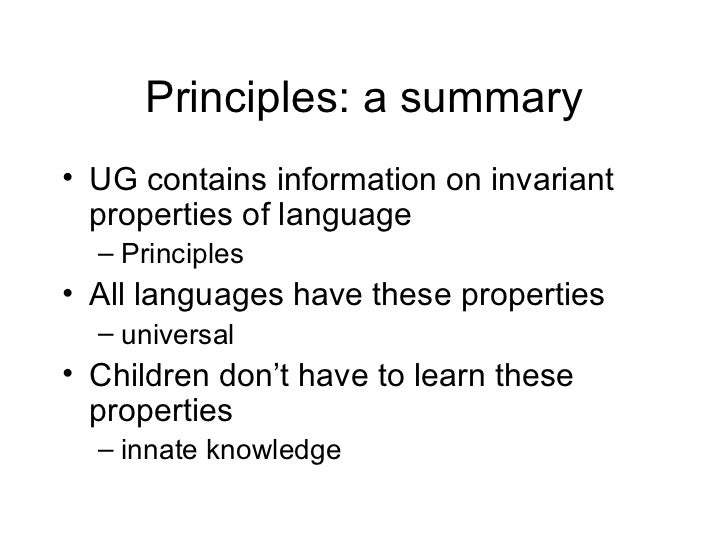

Parameters are defined in the data model. The report editor enables you to configure the parameter settings specifically for each report that uses the data model. To configure the parameters for this report: On the Report Editorpage, click Parameters. The setup icon used for setting up or altering the parameters for PCB layout. Most everything that we use today has some sort of set up that needs to be done before it can be operated. That new computer or smartphone that we’ve just purchased is certainly no exception, as are power tools, appliances, and other household items. Search parameter setting and thousands of other words in English definition and synonym dictionary from Reverso. You can complete the definition of parameter setting given by the English Definition dictionary with other English dictionaries: Wikipedia, Lexilogos, Oxford, Cambridge, Chambers Harrap, Wordreference, Collins Lexibase dictionaries, Merriam Webster. These settings, the frequency level of the peak or trough, are two of the parameters of a frequency response curve, and in a two-control equaliser they completely describe the curve. More elaborate parametric equalisers may allow other parameters to be varied, such as skew. This is a step by step guide on how to set your PID parameters to operate your process the way you want it to.www.barleyandhopsbrewing.com254-300-8226.

The parameter-setting clause is used to change attributes for the LOAD or UNLOAD command for the objects to be processed and to define target destinations for the LOAD command (for example, FNAT).
The following syntax applies to the parameter-setting clause:
WITH |
For an explanation of the syntax that applies to parameter-workplan, refer to Referencing Workplans in the section Workplans.  This section covers the following topics: Syntax of parameter-clauseThe syntax of the parameter-clause is shown in the following diagram. If indicated, a variable value must be supplied with a keyword.  Parameter Vs Configuration | | Keyword | Values | Restricted to Command |
|---|
NAME | The object name to be checked if NEWNAME is specified. | NEWNAME | A new object name. Note:
Not applicable to DDMs on mainframe platforms. | LIBRARY | The library name to be checked if NEWLIBRARY is specified. | NEWLIBRARY | A new library name. Note for the LOAD function: NEWLIBRARY does not affect the library name used in the delete instruction of a work file that is processed with the DELETEALLOWED option.
| LOADFNATDBID | The database ID (DBID) of FNAT libraries. | LOAD | LOADFNATFNR | The file number (FNR) of FNAT libraries. | LOAD | LOADFUSERDBID | The DBID of FUSER libraries. | LOAD | LOADFUSERFNR | The FNR of FUSER libraries. | LOAD | LOADNCPDBID | The DBID of the Adabas file for Natural command processor sources. | LOAD | LOADNCPFNR | The FNR of the Adabas file for Natural command processor sources. | LOAD | LOADNCPCIPHER | The cipher code of the Adabas file for Natural command processor sources. | LOAD | LOADNCPPASSWORDor LOADNCPPSW | Only applies to objects on mainframes.
The Adabas password of the Adabas file for Natural command processor sources. | LOAD | FDTDBID | The DBID of the Adabas FDT (Field Definition Table) to be checked if NEWFDTDBID is specified. | NEWFDTDBID | A new DBID of the FDT. | FDTFNR | The DBID of the FDT to be checked if NEWFDTFNR is specified. | NEWFDTFNR | A new FNR of the FDT. | ERRNUMDIFF | A number (positive or negative) that is to be added to the Natural error messages during the UNLOAD or LOAD command. ERRNUMDIFF can only be specified if FMNUM and TONUM (see select-clause) have been specified as selection criteria. Otherwise, it is not possible to check for valid results.
| LANGUAGE | Up to 8 valid language codes (for example, code 1 for English) of Natural error messages to be checked if NEWLANGUAGE (see below) is specified. If language contains more than one language code, new-language must contain the same numbers of language codes. Each language language code is replaced by the language code in the corresponding position of new-language. If language is not specified, new-language must not contain more than one language code. | NEWLANGUAGE | Up to 8 valid language codes (for example, code 4 for Spanish) for new user-defined error messages. This option does not apply to the long texts of Natural system error messages for which English (language code 1) is the only valid language. See also LANGUAGE above. | DATE | An object date. You can add a time by inserting a blank between date and time. For the format and ranges allowed, see Date and Time in Name, Date and Time Specification. | NEWDATE | A new object date. NEWDATE can be a date followed by a time value. You can add a time by inserting a blank between date and time. See also Date and Time in Name, Date and Time Specification.
| USERID | The user ID to be checked if NEWUSERID is specified. | NEWUSERID | A new user ID. | TID | Only applies to objects on mainframes.
The terminal ID to be checked if NEWTID is specified. | NEWTID | Only applies to objects on mainframes.
A new terminal ID. | PATH | The path name to be checked if NEWPATH is specified. | NEWPATH | A new path name. |
Notes: Parameter Setting- Parameters not applicable to the selection criterion processed are ignored.
LOADFNAT..., LOADFUSER... and LOADNCP... are used for the LOAD command only, and ignored otherwise. LOADFNAT... is used for libraries starting with SYS (except SYSTEM). LOADFUSER... is used for libraries not starting with SYS (but including SYSTEM). LOADNCP... is used for Natural command processor sources.
Parameter Setting On A Dynalift Vector 2 VfdA parameter is a limit. In mathematics a parameter is a constant in an equation, but parameter isn’t just for math anymore: now any system can have parameters that define its operation. You can set parameters for your class debate. Parameter SettingsParameter comes from a combination of the Greek word para-, meaning “beside,” and metron, meaning “measure.” The natural world sets certain parameters, like gravity and time. In court, the law defines the parameters of legal behavior. Parameter and perimeter are similar, but a perimeter is the physical distance around an object, while a parameter can contain or define something either physically or abstractly: before you marry, prepare for the parameters of monogamy.

|



